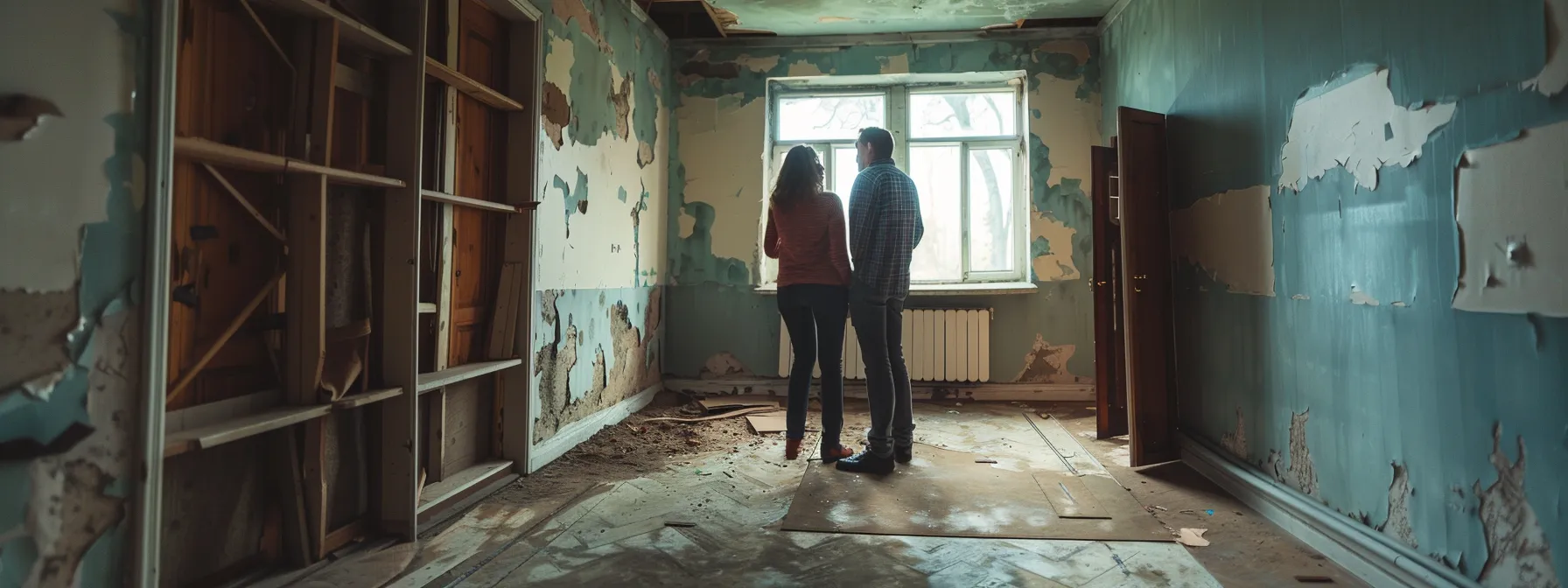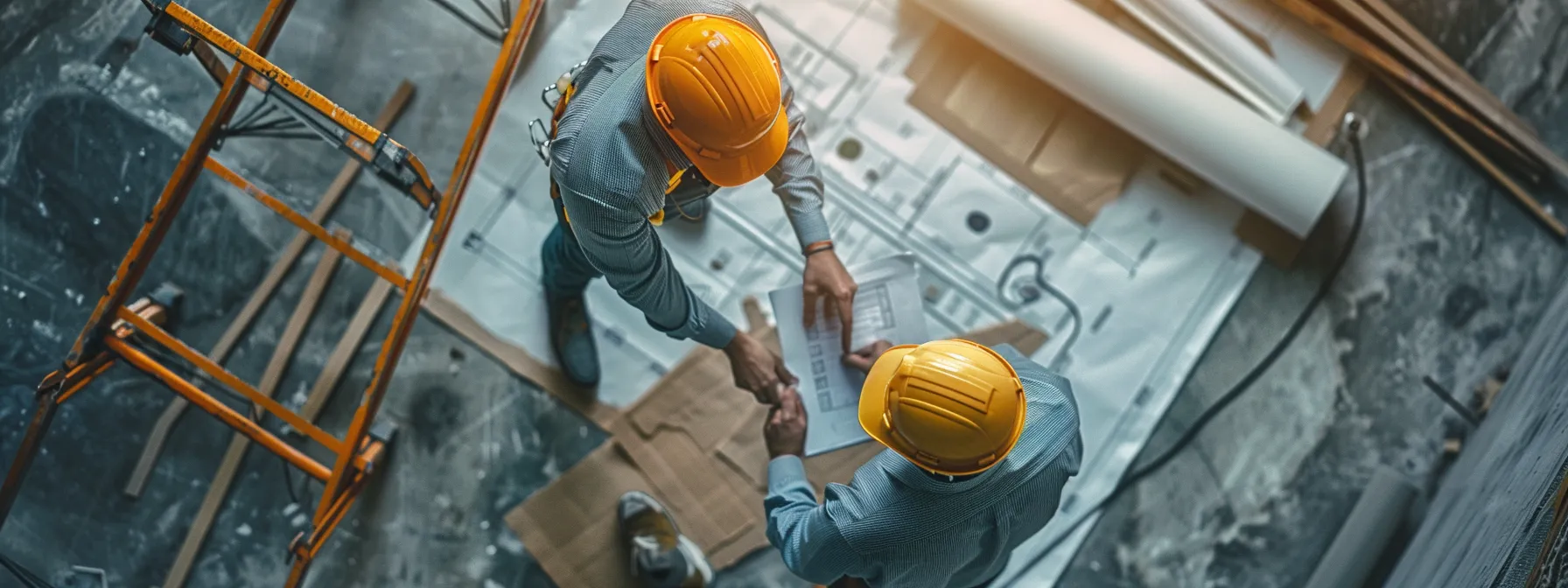The allure of transforming a dilapidated house into a personalized sanctuary has captured the imagination and ambition of countless homeowners. Each fixer-upper is a unique canvas, offering the opportunity to mold a property into an embodiment of one’s tastes and necessities. Scoring the right property requires a keen eye for potential and an understanding of the inherent challenges. This article unveils the crucial steps for converting a fixer-upper into the home you’ve always envisioned. Keep reading to discover how awareness, preparation, and collaboration become the cornerstone of successful renovations.
Evaluating the Potential of a Fixer-Upper Before Purchase

Prospective homeowners often consider fixer-uppers as a gateway to homeownership, offering the lure of customization alongside a potentially lower initial investment. Before taking the plunge, a thorough evaluation of the property is paramount to ensure that the vision for a dream home is firmly rooted in reality.
Financial due diligence plays a critical role in the fixer-upper purchase process. Potential buyers must calculate the total cost of necessary repairs while factoring in the possibility of unforeseen expenses. This financial preparedness will determine the feasibility of transforming a dilapidated house into a cherished residence without overspending.
Aesthetic considerations, though often subjective, significantly influence purchasing a fixer-upper. Buyers must envision the outcome post-renovation, contemplating whether the existing layout and architectural features can be molded to suit their tastes and lifestyle. Essentially, the property must possess the intrinsic potential to evolve into the envisaged ideal home.
Finally, consulting with real estate agents who are experienced in fixer-uppers can be invaluable. Their guidance will assist buyers in identifying a property with the most promise while providing insights into market trends and the resale value post-renovation. This collaboration helps ensure that the buyer’s investment is both strategic and informed, paving the way for a successful and satisfying renovation project.
Assembling Your Dream Team of Contractors and Designers
Embarking on the journey of transforming a fixer-upper into a dream home requires the guidance of a robust and skilled team, including contractors, designers, and architects. These professionals bring a wealth of experience, ensuring that every aspect of the renovation meets both aesthetic and functional goals.
Selecting the right contractor is paramount; one must vet potential candidates thoroughly, evaluating past projects, client testimonials, and credentials. A trustworthy contractor offers transparency throughout the renovation process, providing detailed plans, timelines, and budgets. Without this level of detail, projects may encounter significant delays or cost overruns, detracting from the joy of creating a personalized living space.
Designers play an equally significant role, marrying beauty with utility to create visually appealing spaces catering to the homeowner’s needs. Whether selecting the perfect color palette, choosing materials, or optimizing layouts for flow and function, a designer’s touch transforms a house into a home.
Hiring a specialized residential electrician is essential for specifics such as electrical work. This professional’s precision safeguards the home’s inhabitants and ensures compliance with local building codes. Their specialized skill set facilitates the seamless integration of modern technology and fixtures, enhancing the home’s value and functionality without compromising safety.
Navigating the Renovation Process and Managing Timelines

Securing a fixer-upper to mold it into your dream abode requires steadfast planning and an acute awareness of timelines. The complexity of renovation necessitates adopting a strategic approach to scheduling, allowing for the sequential completion of tasks. Efficient timeline management mitigates the likelihood of overlapping activities that could lead to delays and additional costs.
Initiate the process by establishing a comprehensive renovation plan, mapping out each phase from demolition to the finishing touches. This blueprint visually represents the project’s trajectory, offering clarity and direction for all involved parties. It also serves as a valuable tool for monitoring progress and making informed adjustments when unforeseen circumstances arise.
Collaborate with the contractor to gain insight into realistic timeframes for each renovation segment and tailor the overall timeline accordingly. Open lines of communication with the construction team are essential in preempting potential setbacks and ensuring that the project remains on track. Transparency regarding scheduling promotes a cooperative spirit and helps maintain momentum throughout the project’s duration.
Finally, factor in a contingency buffer within the timeline to account for the unexpected, as renovations often encounter snags that can affect the original timeline. A buffer allows for flexibility, alleviating stress and creating space for problem-solving without jeopardizing the core objectives of the renovation.
Altogether, successfully transforming a fixer-upper into your dream home involves a combination of thorough planning, careful budgeting, and expert collaboration. By assembling a skilled team and managing the renovation process with clear timelines and flexibility, you can turn a dilapidated property into a personalized sanctuary that reflects your vision and meets your needs.
